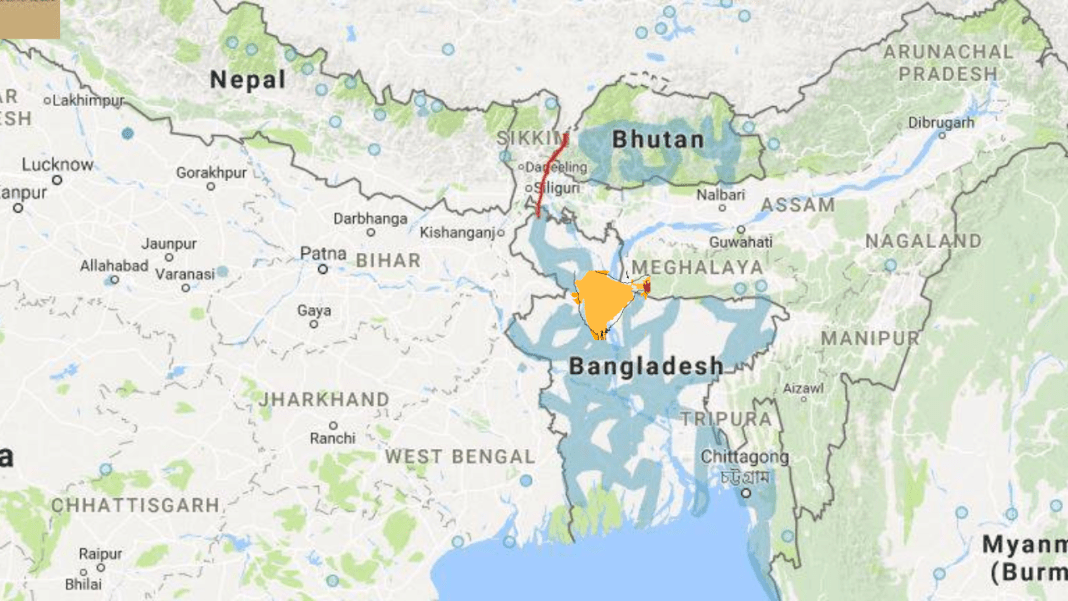Chicken Neck Route: Chicken Neck, also known as the Siliguri Corridor, is a strategically vital strip of land that connects mainland India to its northeastern states. The Government of India has taken a significant decision to reduce its dependence on this narrow corridor by planning a new railway route through Nepal.
Strategic Importance of Chicken Neck
The Siliguri Corridor, or Chicken Neck, is crucial due to its geographical position. This narrow strip, which is only about 22 kilometers wide, lies between Nepal and Bangladesh, making it India’s only land link to the Northeast. Currently, all rail routes connecting India to the Northeast pass through Aluabari in Islampur, which is part of this corridor. The strategic importance of this region is heightened by its vulnerability and the presence of neighboring countries like China keeping a watchful eye on it.
Government’s Plan to Reduce Dependence
To mitigate the risks and reduce reliance on the Siliguri Corridor, the Indian government has devised a plan to build a railway track through Nepal. This new route aims to connect Bihar and Bengal directly. According to reports, the Indian Railways has approved a 190 km route for a final location survey between Biratnagar in Nepal and New Mal Junction in Bengal. The proposed railway line will traverse through Biratnagar in Nepal, connecting Jogbani in Bihar to New Mal Junction in Bengal.
Details of the Railway Project
The Indian Railways has sanctioned a 190 km route, which includes 12.5 km of new railway tracks for the Galgalia (Bihar), Bhadrapur (Nepal), and Kajali Bazaar (Nepal) sections. The Jogbani-Biratnagar section will feature 18.6 km of track in India and 13.15 km in Nepal. The Nepal government is expected to take over this area soon. This new route aims to reduce the heavy dependence on the Siliguri Corridor, ensuring a more secure and efficient connection to the Northeast.
The Siliguri Corridor, or Chicken Neck, is an essential yet vulnerable link between India and its northeastern states. The Indian government’s decision to build a new railway route through Nepal signifies a strategic move to enhance connectivity and reduce reliance on this critical corridor. This development will not only strengthen India’s infrastructure but also safeguard its strategic interests in the region.





